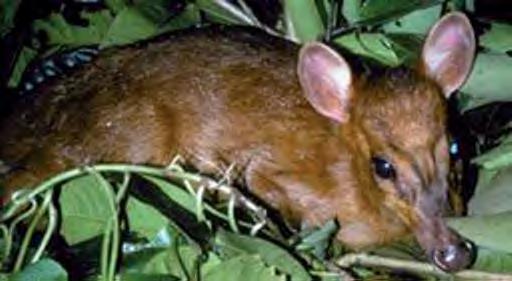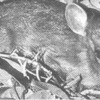Thank you for your replies, and thank you Inda for the nice colour picture of the little deer.
Love,
Vicky


I found some more information about the Himalayan region
http://iberianature.com/wildwo...g/miniature-muntjac/350 new species have been found in the Eastern Himalayas in the last 10 years according to a new report (Where Worlds Collide) by WWF, highlighting the need to protect further this still huge but ever shrinking wilderness. New species are being discovered at a rate of 35 a year including the miniature muntjac (Muntiacus putaoensis), also known as the leaf deer, the smallest species of deer in the world, and the Arunachal macaque (Macaca munzala above photo by Anindya Sinha) – the first monkey to be found since 1903. Threats to the Eastern Himalayas, divided between Nepal, Bhutan and parts of China, India, Bangladesh and Burma, include illegal logging, demand for land, poaching, pollution and climate change.
Mark Wright of the WWF notes:
“In the Eastern Himalayas we have a region of extraordinary beauty and with some of the most biologically rich areas on the planet. Ironically, it is also one of the regions most at risk from climate change, as evidenced by the rapid retreat of the glaciers, and only time will tell how well species will be able to adapt – if at all.”



